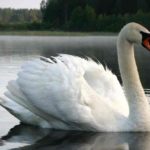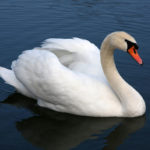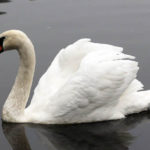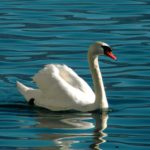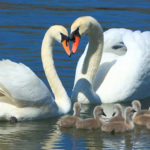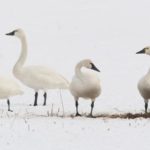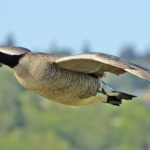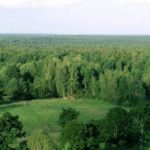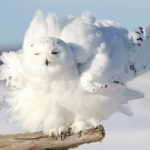Do swans migrate ?
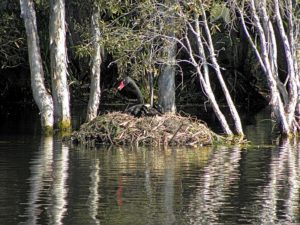 All kinds of swans are migratory, wintering on the coast of warm seas or nonfreezing southern lakes. Seeing the wedge of swans in October is luck and an impressive sight. Ahead of the leader, the wingspan of which creates a special aerodynamic force in support of other birds. Sometimes the first-one is succeeded alternately by others.
All kinds of swans are migratory, wintering on the coast of warm seas or nonfreezing southern lakes. Seeing the wedge of swans in October is luck and an impressive sight. Ahead of the leader, the wingspan of which creates a special aerodynamic force in support of other birds. Sometimes the first-one is succeeded alternately by others.
The settlement of swans across Russia covers the northern and tundra forest zones: from the Kola Peninsula to the Crimea, from Kamchatka to Central Asia. There are common mute, tundra swan and a klikun.
Water and air are the two main elements of a bird. In flight, the speed can reach 60-80 km / h. Strong flying muscles can make long flights thousands of kilometers to the south and back to their native places.
It is noteworthy that swans rise to a height of up to 8,000 m thanks to the beautiful feathers that warm the birds. During molting, there is a large loss of thick feathers, which number up to 25 thousand from one swan.
Moving confidently on the ground does not allow short and not adapted to walking paws. Walking like a geese, but swans are less likely to be selected for food on land.
